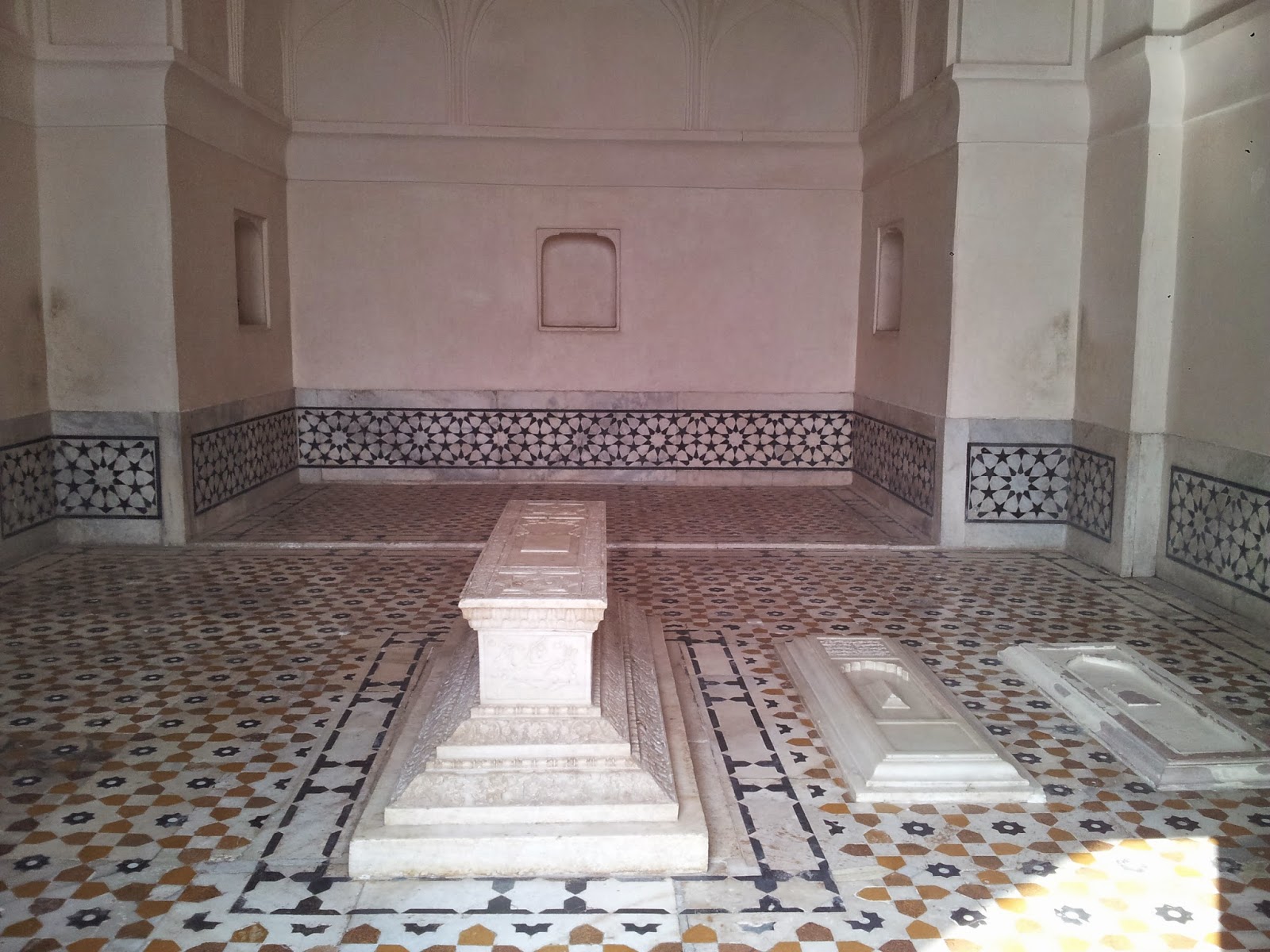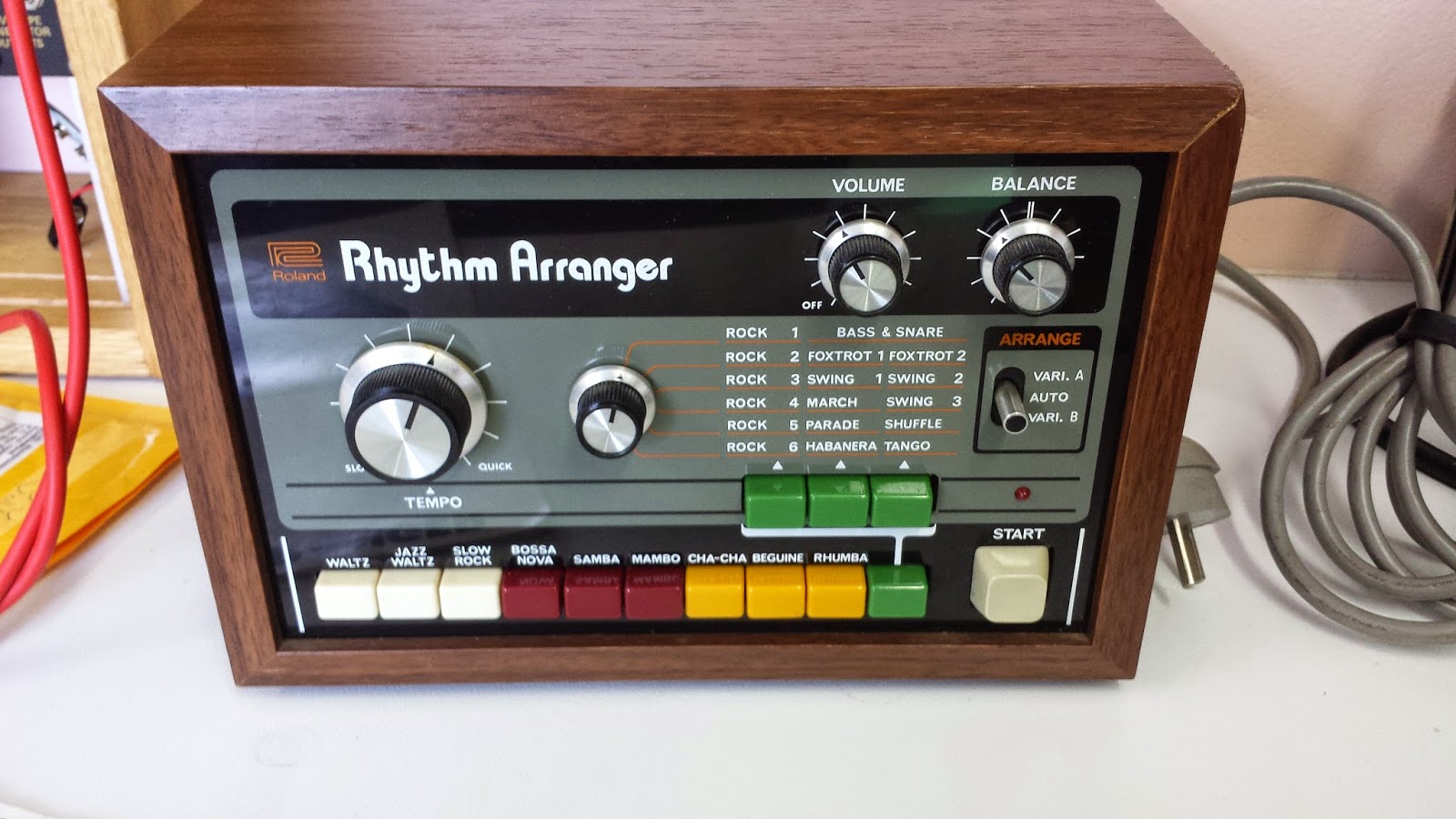In keeping with the Christmas theme, I thought I'd upload some pics of the Church of the Nativity in
Bethlehem. (PALESTINE)
The site of the Church of the Nativity is a World Heritage Site, and was the first to be listed under the name of the State of Palestine.
The site is also on UNESCO's List of World Heritage Sites in Danger
It's one of the world's oldest surviving churches and marks the spot most Christians believe to be that of Christ's birth. Jesus was most likely born in a cave (known as the Grotto)... or in a house attached to a cave that would have been used for stabling and storage - thus the manger.
This is part of the cave under the church foundations.
In 327 AD, Constantine and his mother St. Helena commissioned a church to be built over the cave. This first basilica, dedicated on May 31, 339, had an octagonal floor plan and was supposedly placed directly above the cave.
Portions of the floor mosaic still survive from this period. These are 1700 years old. How any of this has survived is beyond belief. It's a miracle that the church has survived at all.
St. Jerome lived and worked in Bethlehem from 384 AD, and he was buried in a cave beneath the Church of the Nativity. These columns are a wonder. Each carved from a single piece of red limestone. They stand tall and have watched over the church's survival.
The Constantinian church was destroyed by fire during the Samaritan Revolts in the sixth century AD
So the Emperor Justinian rebuilt it in 530 AD. This much larger church is what we see today.
Justinian was a Byzantine (Eastern Roman Empire) Emperor. His capital, Constantinople is today's Istanbul. During his reign Constantine tried to revive Rome's greatness and recapture the lost Western half.
He never succeeded. The Eastern half became the Byzantine Empire. The west developed into what we now know as Western Europe.
The Persians spared it during their invasion in 614 AD because, according to legend, they
were impressed by a representation of the Magi — fellow Persians — that decorated the building.
The Crusaders took Jerusalem on 6 June 1009. Baldwin I and II were crowned there. Baldwin I was crowned the first King of Jerusalem on the 24th December 1100.
Much of the current external appearance is Crusader. Much restoration work was accomplished between 1165 & 1169.
The Crusaders were defeated by Saladin (Salah al-Din Yusuf ibn Ayyub) in 1187 at Hattin in Galilee.
This led to a Muslim occupation of Bethlehem. Most of the Christian community had to leave. They only returned in 1192..... The Muslim powers allowed this after payment of a stiff tax. Thus, the history of Bethlehem swayed this way and that over the coming centuries. Armies came and went. It always however remained a important place of pilgrimage.
Between the years 1219-1220, it was visited by none other than Francis of Assisi. He arrived in the port of Acre which was still in the hands of the Crusaders. He went to Egypt to the court of the Sultan Malek al-Kamil. It is reported that the Sultan was so struck by the personality of the saint that he granted him a safe-conduct for his journey to Palestine.
This church looks more like a fortress than a place of worship.
This is the main entrance to The Church of the Nativity. It was once much larger & grander.
Over the centuries it's size has shrunk for defensive reasons. No longer can horses (& I guess armies)
be ridden into the church. Even a Emperor will have to dismount and stoop his head if he wishes to go inside.
There used to be a pointed arch over the doorway.
Bethlehem. (PALESTINE)
The site of the Church of the Nativity is a World Heritage Site, and was the first to be listed under the name of the State of Palestine.
The site is also on UNESCO's List of World Heritage Sites in Danger
It's one of the world's oldest surviving churches and marks the spot most Christians believe to be that of Christ's birth. Jesus was most likely born in a cave (known as the Grotto)... or in a house attached to a cave that would have been used for stabling and storage - thus the manger.
This is part of the cave under the church foundations.
Underground chapels
In 327 AD, Constantine and his mother St. Helena commissioned a church to be built over the cave. This first basilica, dedicated on May 31, 339, had an octagonal floor plan and was supposedly placed directly above the cave.
Portions of the floor mosaic still survive from this period. These are 1700 years old. How any of this has survived is beyond belief. It's a miracle that the church has survived at all.
It's seen invasions, fires & earthquakes. In 2002 armed Palestinians hid in the church from Israeli forces.
The roof looks like it's rotting & threatening the whole building. There are holes in the timbers above allowing water to drip down upon the precious paintings and mosaics below. The actual problem isn't a lack of restoration money. It seems to be jealousy over who is responsible for the Church's maintenance. Three Christian denominations (Greek Orthodox, Armenian Orthodox and the Franciscan order of the Roman Catholic Church) are fighting for control and neither seem to be able to agree.
St. Jerome lived and worked in Bethlehem from 384 AD, and he was buried in a cave beneath the Church of the Nativity. These columns are a wonder. Each carved from a single piece of red limestone. They stand tall and have watched over the church's survival.
The Constantinian church was destroyed by fire during the Samaritan Revolts in the sixth century AD
So the Emperor Justinian rebuilt it in 530 AD. This much larger church is what we see today.
Justinian was a Byzantine (Eastern Roman Empire) Emperor. His capital, Constantinople is today's Istanbul. During his reign Constantine tried to revive Rome's greatness and recapture the lost Western half.
He never succeeded. The Eastern half became the Byzantine Empire. The west developed into what we now know as Western Europe.
The Persians spared it during their invasion in 614 AD because, according to legend, they
were impressed by a representation of the Magi — fellow Persians — that decorated the building.
The Crusaders took Jerusalem on 6 June 1009. Baldwin I and II were crowned there. Baldwin I was crowned the first King of Jerusalem on the 24th December 1100.
Much of the current external appearance is Crusader. Much restoration work was accomplished between 1165 & 1169.
The Crusaders were defeated by Saladin (Salah al-Din Yusuf ibn Ayyub) in 1187 at Hattin in Galilee.
This led to a Muslim occupation of Bethlehem. Most of the Christian community had to leave. They only returned in 1192..... The Muslim powers allowed this after payment of a stiff tax. Thus, the history of Bethlehem swayed this way and that over the coming centuries. Armies came and went. It always however remained a important place of pilgrimage.
Between the years 1219-1220, it was visited by none other than Francis of Assisi. He arrived in the port of Acre which was still in the hands of the Crusaders. He went to Egypt to the court of the Sultan Malek al-Kamil. It is reported that the Sultan was so struck by the personality of the saint that he granted him a safe-conduct for his journey to Palestine.
This church looks more like a fortress than a place of worship.
This is the main entrance to The Church of the Nativity. It was once much larger & grander.
Over the centuries it's size has shrunk for defensive reasons. No longer can horses (& I guess armies)
be ridden into the church. Even a Emperor will have to dismount and stoop his head if he wishes to go inside.
There used to be a pointed arch over the doorway.































































































